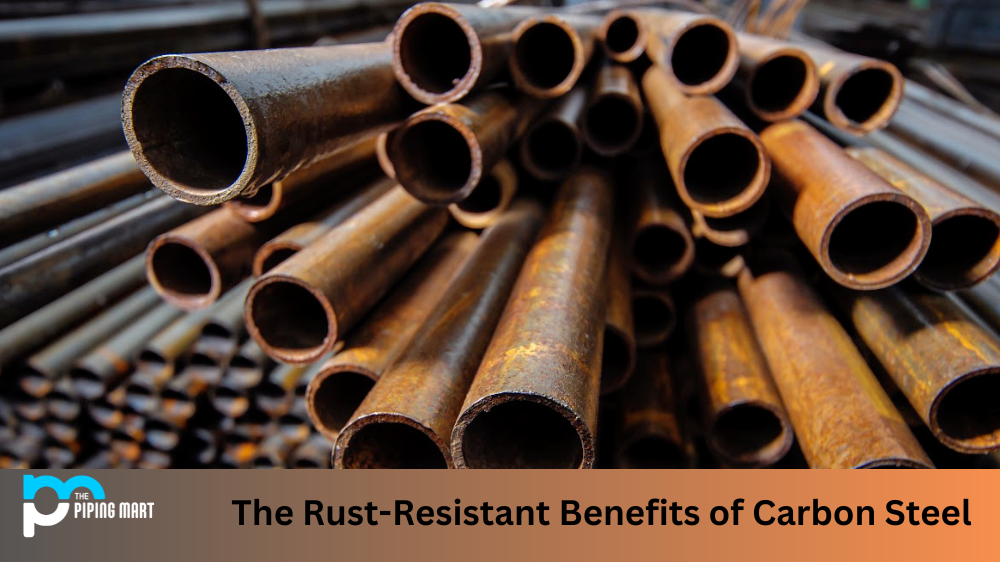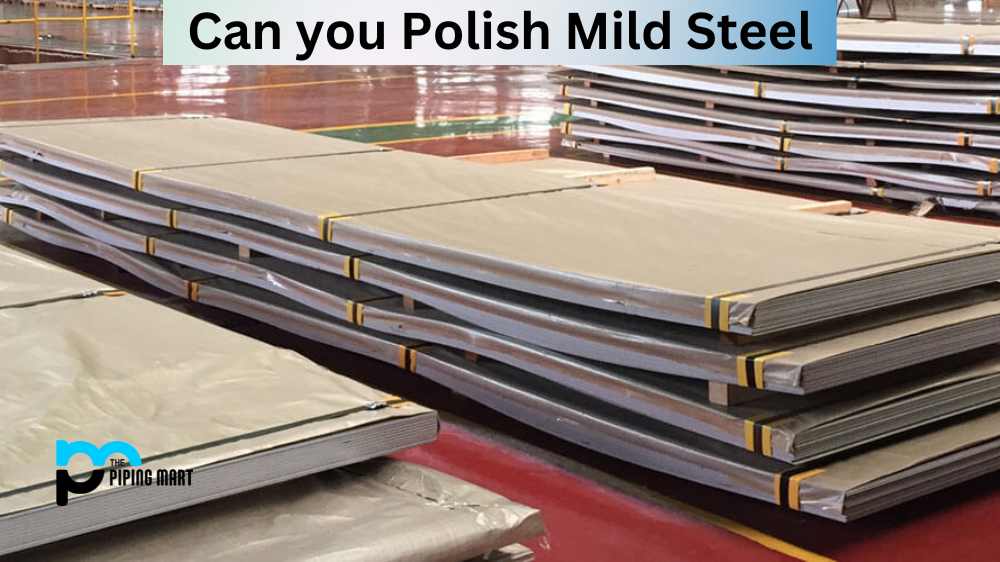When it comes to choosing the right alloy for a specific project, engineers must weigh the pros and cons of each option in order to make an informed decision. This can initially feel overwhelming, especially when there are so many alloys available. Today we will look at two popular alloys, Alloy 20 and Hastelloy C276, and compare their properties and applications.
Alloy 20 vs. Hastelloy C276 – Properties
When comparing Alloy 20 with Hastelloy C276, engineers must consider the properties of each alloy. Both alloys are known for their excellent corrosion resistance qualities, withstand high temperatures and great mechanical strength. However, there are some differences in their chemical compositions that can affect the selection process. For example, while both alloys have a high nickel content (31% in Alloy 20 and 58% in Hastelloy C276), they differ in terms of chromium content (20% in Alloy 20 vs. 16% in Hastelloy C276) as well as molybdenum content (2% in Alloy 20 vs. 17% in Hastelloy C276). These differences may be important depending on the application of the alloy being considered.
Alloy 20 vs. Hastelloy C276 – Applications
In addition to considering the chemical composition of these two alloys, engineers should also take into account how they might be used for various applications. Both alloys are commonly used for food processing equipment due to their superior corrosion resistance capabilities. However, because of its higher chromium content, Alloy 20 is also often used for marine applications such as valves and pumps, while Hastelloy C276 is better suited for more extreme environments such as nuclear reactors or chemical processing equipment due to its higher molybdenum content.
Corrosion Resistance
Both Alloy 20 and Hastelloy C276 exhibit excellent corrosion resistance in a variety of environments. However, Alloy 20 is slightly more resistant to corrosion than Hastelloy C276.
Temperature Range
Both Alloy 20 and Hastelloy C276 can be used in environments with temperatures up to 1000 degrees Fahrenheit. However, Alloy 20 can also be used in environments with temperatures as low as -320 degrees Fahrenheit, while Hastelloy C276 cannot.
Weldability
Both Alloy 20 and Hastelloy C276 can be welded using a variety of methods. However, Alloy 20 is slightly easier to weld than Hastelloy C276.
Cost
Alloy 20 is typically more expensive than Hastelloy C276 due to its slightly higher corrosion resistance and weldability.
Conclusion
In conclusion, when deciding between Alloy 20 and Hastelloy C276, engineers must consider both the properties of each alloy as well as how they might be applied given a particular application or environment. Both alloys offer excellent corrosion resistance capabilities but differ slightly when it comes to their chemical composition and potential uses. By weighing these factors carefully during the selection process, engineers can make an informed decision about which alloy is best for their specific project needs.

A passionate metal industry expert and blogger. With over 5 years of experience in the field, Palak brings a wealth of knowledge and insight to her writing. Whether discussing the latest trends in the metal industry or sharing tips, she is dedicated to helping others succeed in the metal industry.




